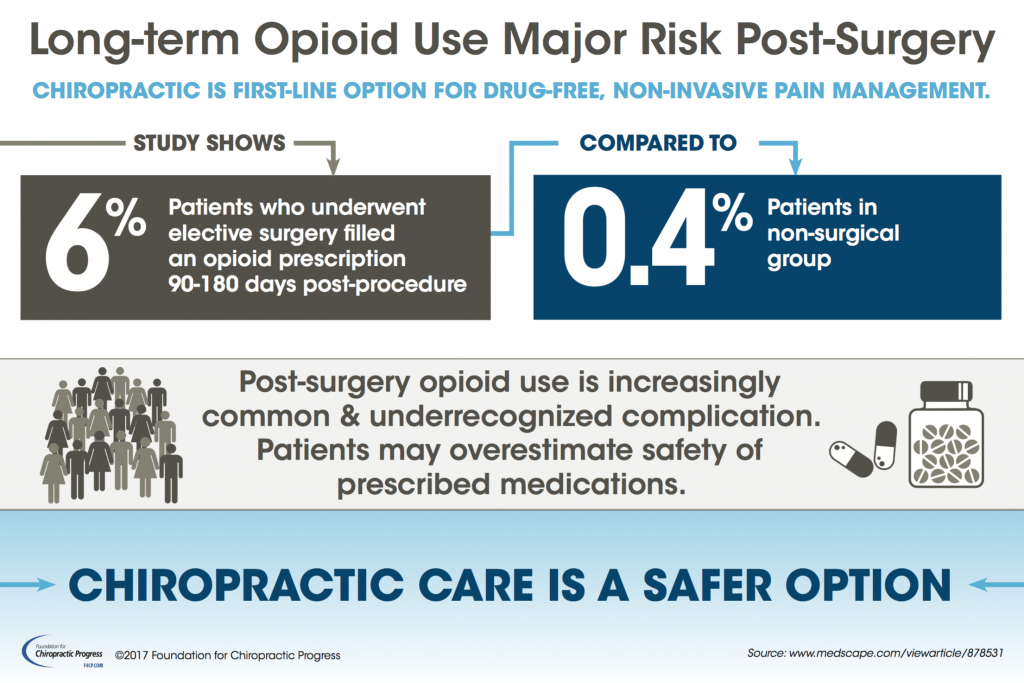Brace Yourself For An Exploration Right Into The Captivating Cellular Interactions Of Cold Laser Treatment And Its Use Of Light As A Recovery Device. Take A Much Deeper Dive Into The Scientific Aspects!
Brace Yourself For An Exploration Right Into The Captivating Cellular Interactions Of Cold Laser Treatment And Its Use Of Light As A Recovery Device. Take A Much Deeper Dive Into The Scientific Aspects!
Blog Article
Article Created By-Dougherty McIntosh
You may have heard of cold laser therapy as a promising therapy option for numerous conditions, yet have you ever asked yourself exactly how it actually deals with a mobile level? Recognizing the systems behind this treatment can clarify its performance in promoting healing and minimizing swelling. By discovering chappaqua coolsculpting behind cold laser therapy, you'll get insights into the interesting ways in which light can influence cellular processes and assist in tissue fixing.
Just How Cold Laser Treatment Works
To comprehend exactly how cold laser treatment functions, you need to comprehend the basic concepts of exactly how light power communicates with biological tissues. Cold laser therapy, likewise referred to as low-level laser treatment (LLLT), utilizes specific wavelengths of light to pass through the skin and target underlying cells. Unlike the intense lasers used in operations, cold lasers release low degrees of light that do not generate warm or create damages to the cells.
When these gentle light waves reach the cells, they're taken in by components called chromophores, such as cytochrome c oxidase in mitochondria. This absorption activates a series of biological responses, including enhanced mobile power manufacturing and the launch of nitric oxide, which boosts blood circulation and minimizes inflammation.
Additionally, the light energy can also stimulate the production of adenosine triphosphate (ATP), the power currency of cells, assisting in cellular fixing and regrowth procedures.
Fundamentally, cold laser treatment harnesses the power of light power to promote healing and minimize pain in a non-invasive and gentle manner.
Devices of Activity
Exactly how does cold laser therapy actually work to generate its therapeutic effects on organic cells?
Cold laser treatment, likewise known as low-level laser treatment (LLLT), operates via a process known as photobiomodulation. When the cold laser is put on the skin, the light energy penetrates the tissues and is soaked up by chromophores within the cells.
These chromophores, such as cytochrome c oxidase in the mitochondria, are after that boosted by the light energy, leading to a waterfall of biological reactions. One key device of activity is the improvement of cellular metabolism.
The soaked up light power enhances ATP manufacturing in the mitochondria, which is critical for mobile feature and repair work. In addition, cold laser therapy helps to reduce inflammation by inhibiting inflammatory conciliators and promoting the launch of anti-inflammatory cytokines.
This anti-inflammatory effect contributes to discomfort relief and cells recovery.
Healing Impacts
Understanding the restorative effects of cold laser therapy includes acknowledging exactly how the enhanced cellular metabolic process and anti-inflammatory residential or commercial properties add to its favorable results on organic cells.
When the cold laser is put on the affected area, it stimulates the mitochondria within the cells, causing increased manufacturing of adenosine triphosphate (ATP), which is important for mobile feature and repair. This increase in cellular energy accelerates the healing process by promoting cells regeneration and minimizing inflammation.
Moreover, https://reidvlcsi.59bloggers.com/30670711/cold-laser-treatment-a-secure-and-reliable-replacement-for-conventional-discomfort-management-strategies -inflammatory properties of cold laser treatment help to reduce pain and swelling in the targeted location. By preventing inflammatory moderators and promoting the release of anti-inflammatory cytokines, cold laser therapy aids in alleviating discomfort and improving the overall recovery action.
This decrease in inflammation not only gives instant alleviation yet additionally supports long-term tissue repair.
Conclusion
In conclusion, cold laser treatment functions by stimulating mobile fixing and cells regrowth via photobiomodulation. Its anti-inflammatory homes give pain alleviation and decrease swelling by hindering inflammatory conciliators.
This therapy provides a thorough strategy to healing, providing both immediate alleviation and long-lasting tissue repair service advantages.
With its devices of action, cold laser therapy confirms to be an effective and encouraging treatment alternative for a range of problems.
